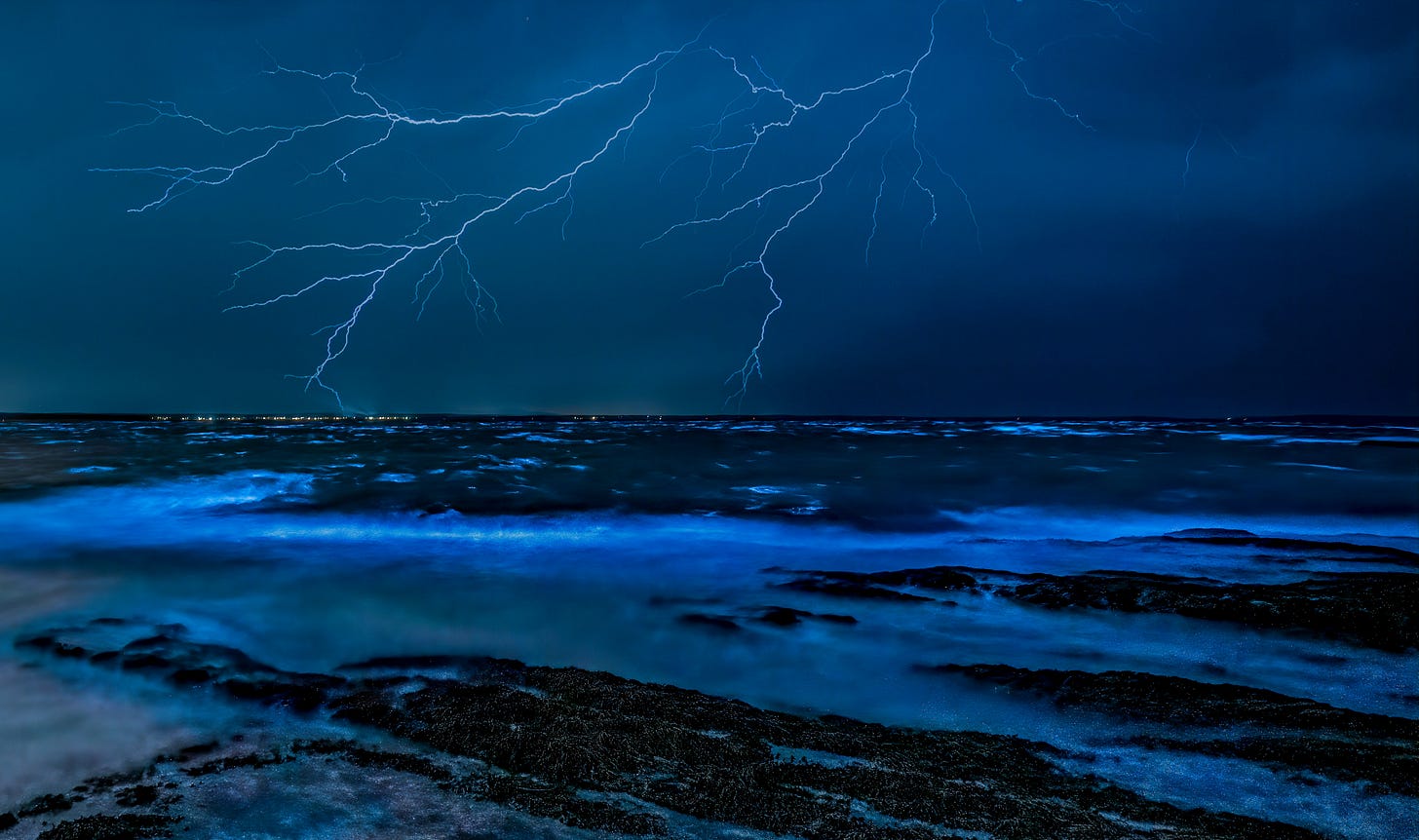
This post is the second in a series in which I am playing around with metaphors new and old for the church. Future installments will explore images such as bodies, temples, midwives, gardens, families, flocks, and more.
Today: bioluminescent organisms.
Keep reading with a 7-day free trial
Subscribe to Snail Mail to keep reading this post and get 7 days of free access to the full post archives.


